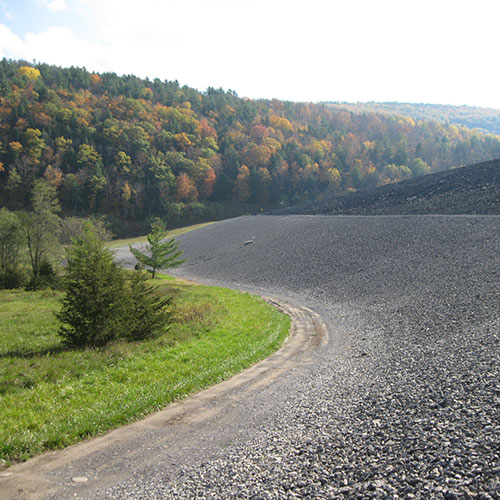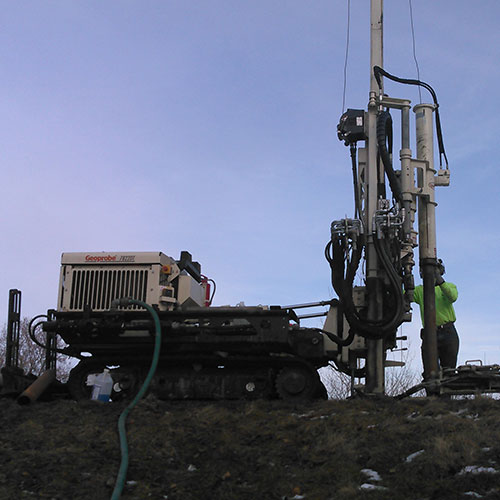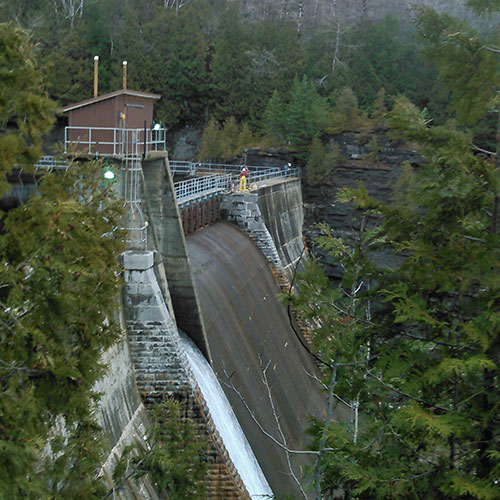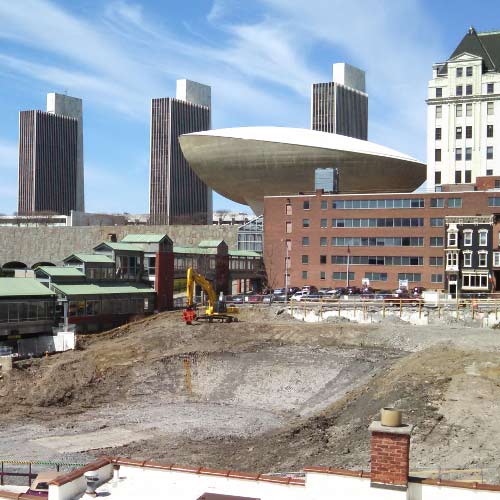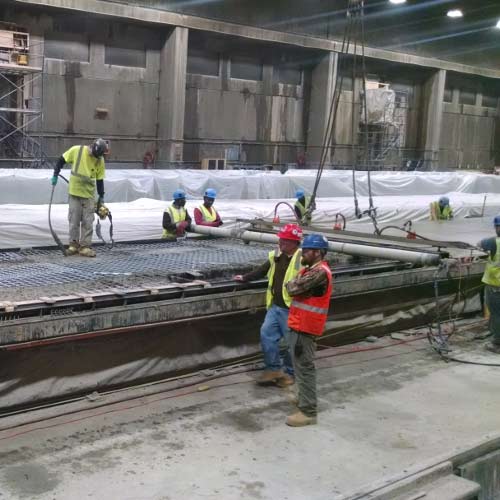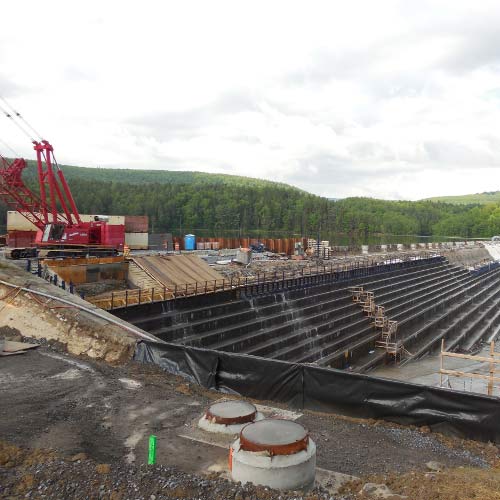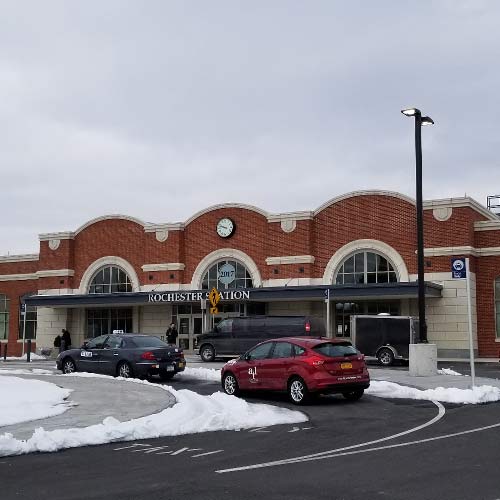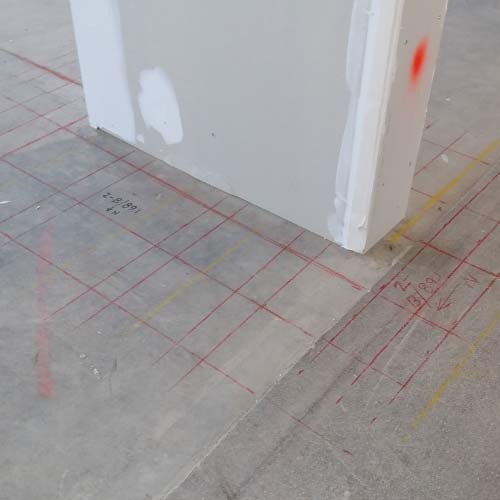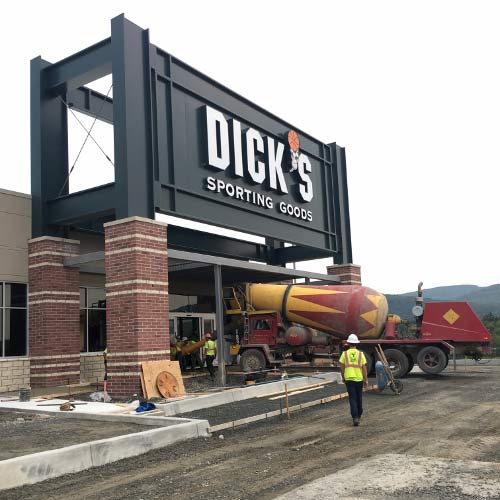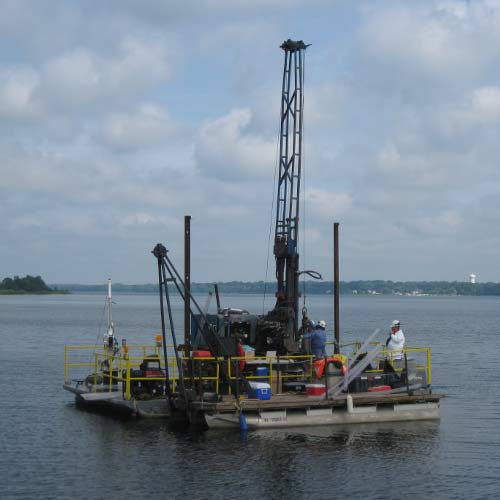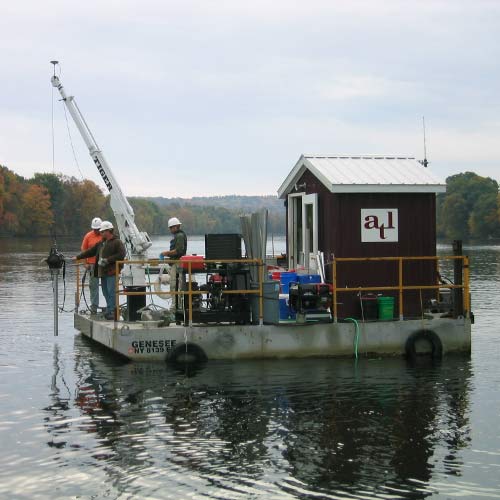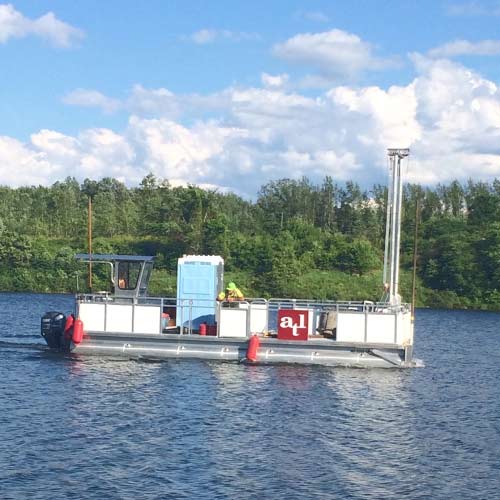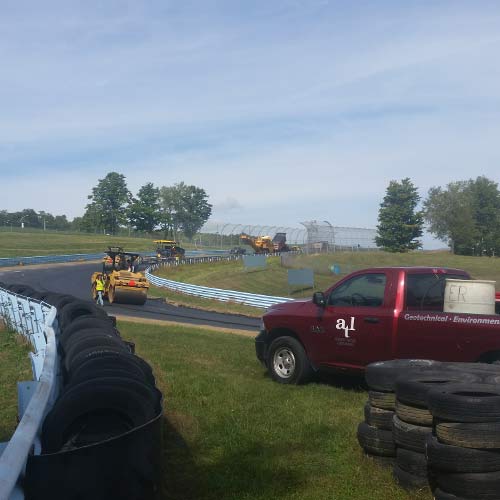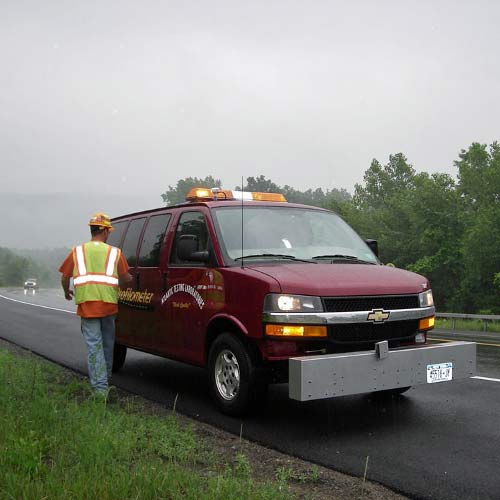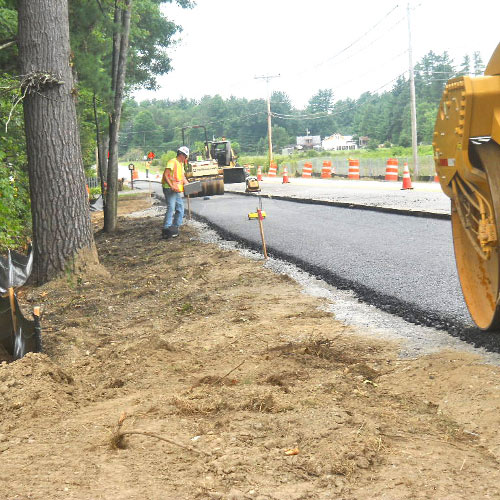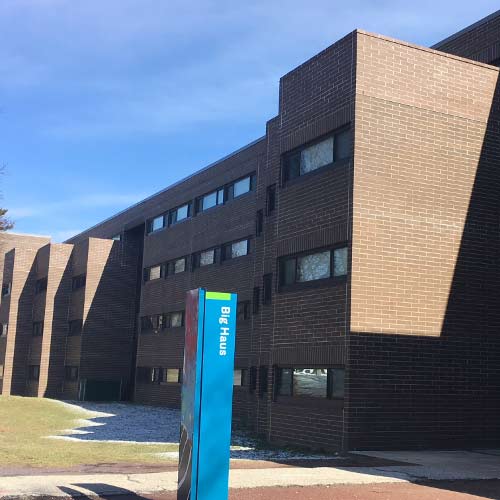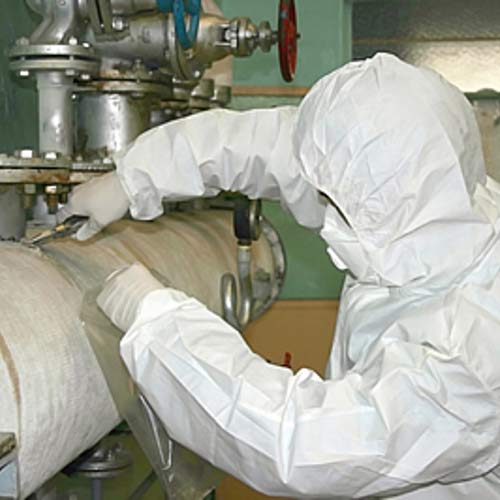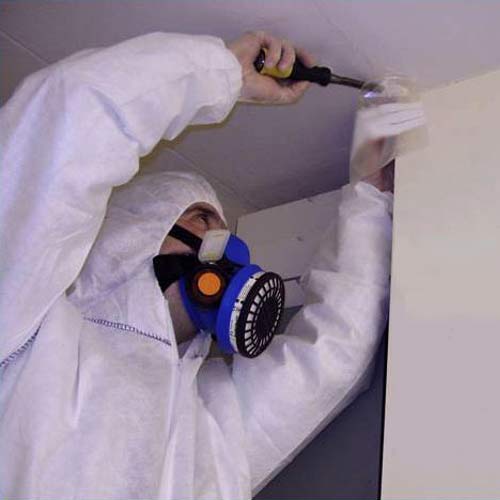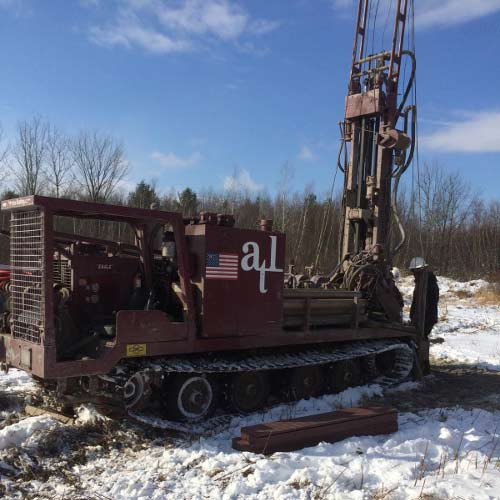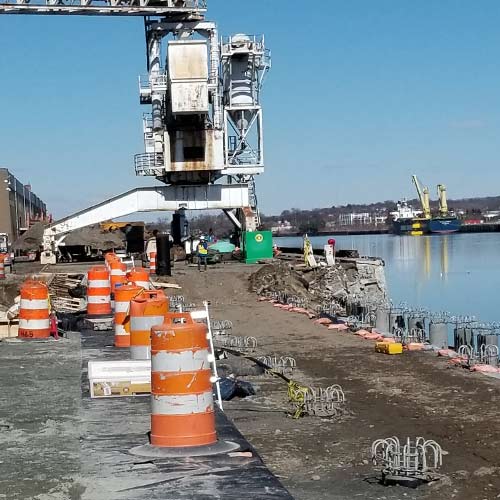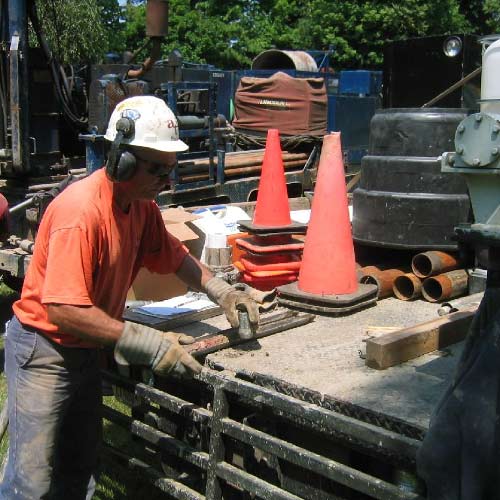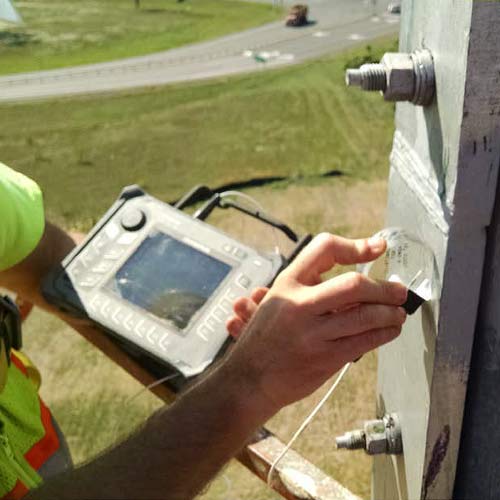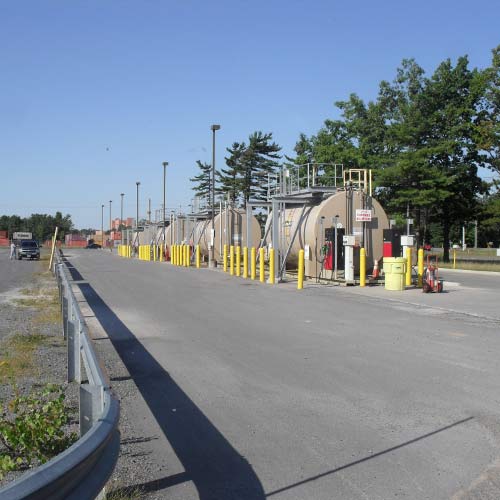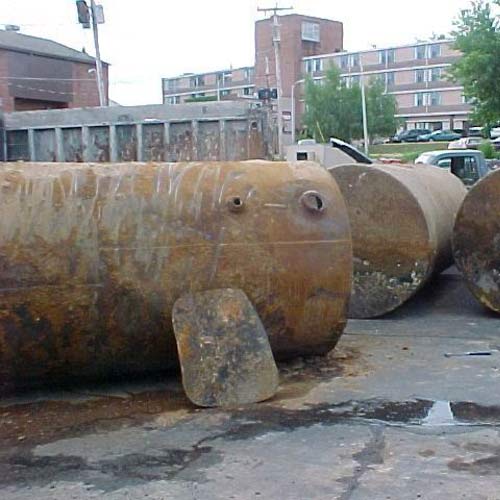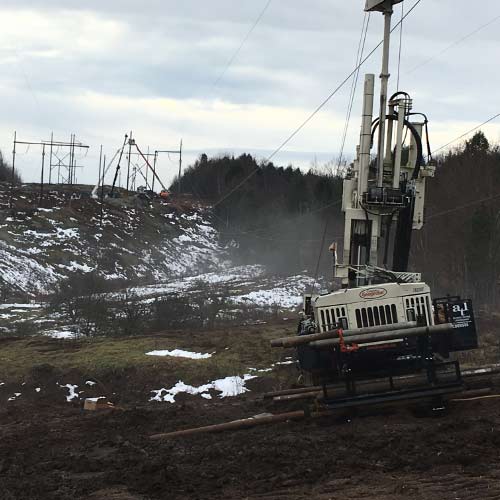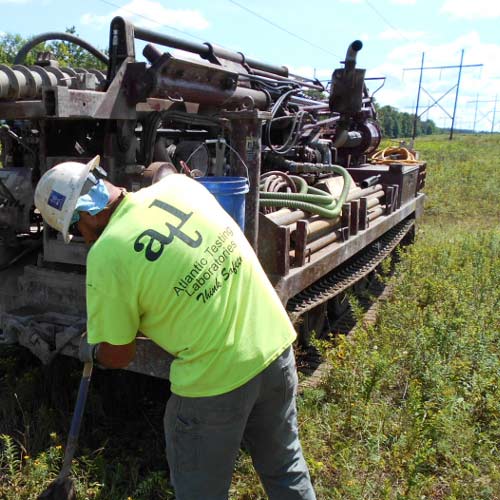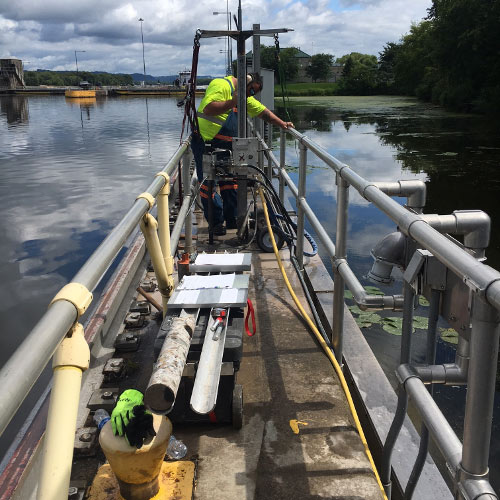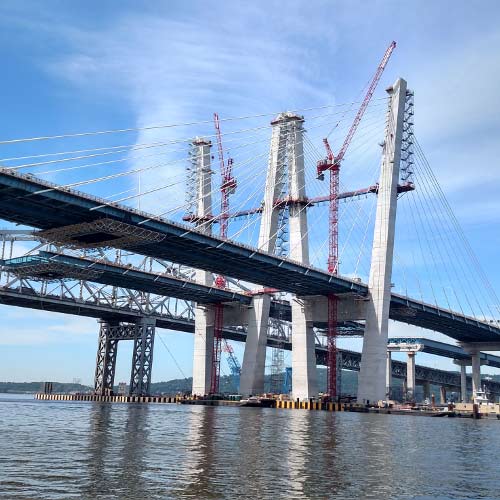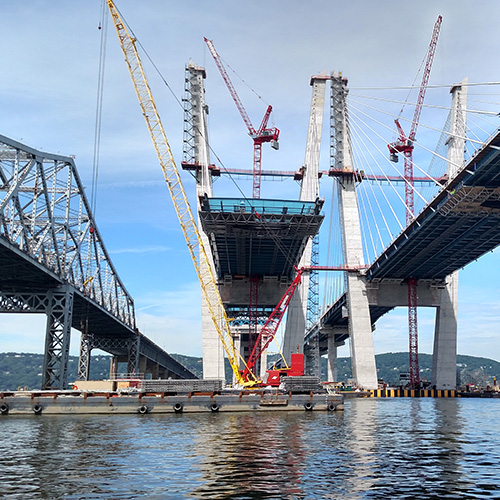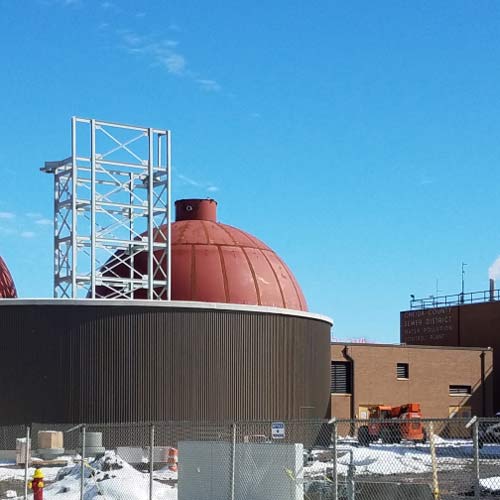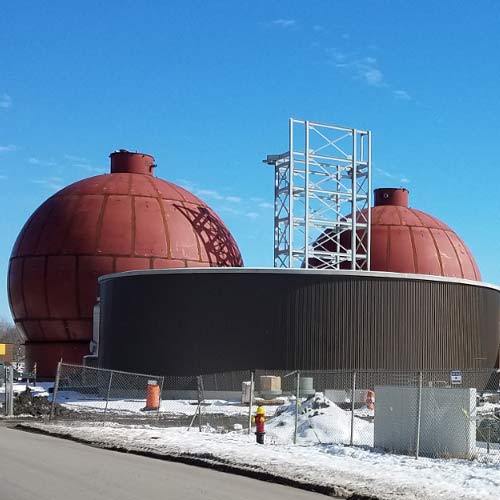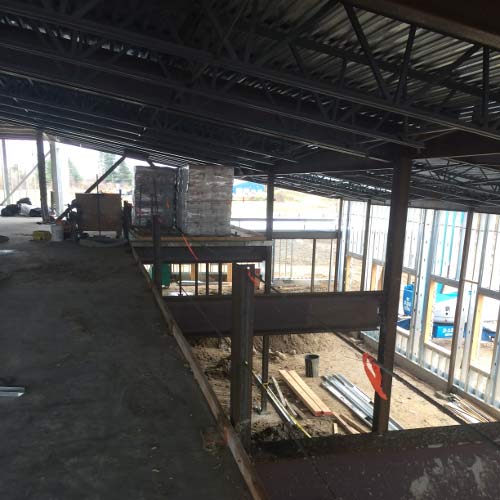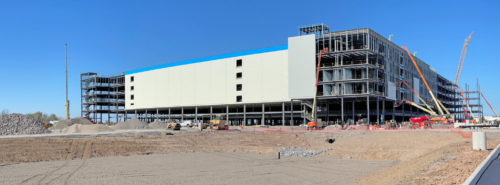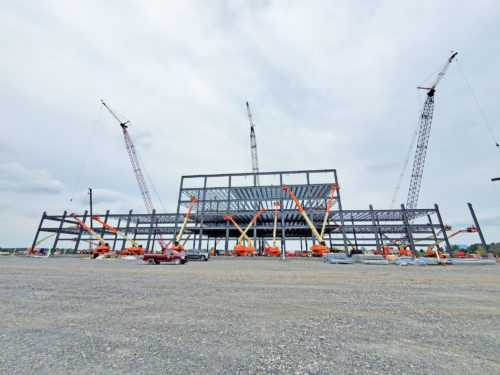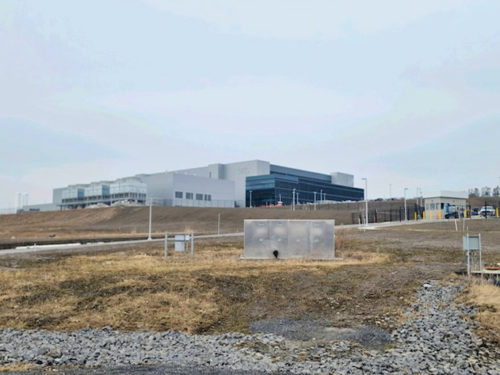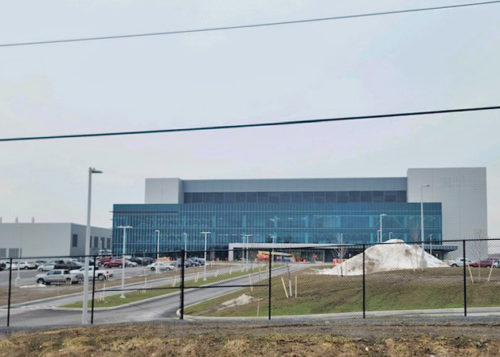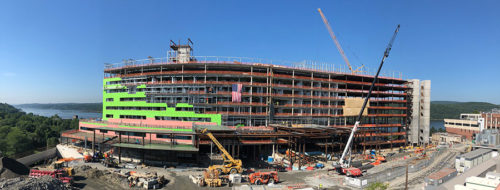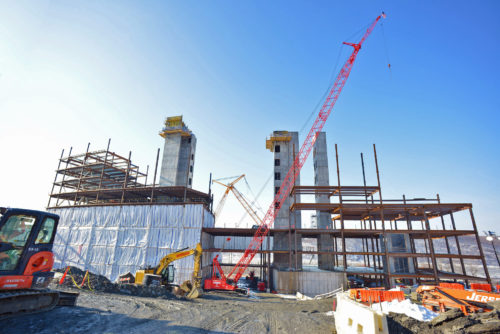Click the following link to view the PDF of this paper: Understandling Lead Regulations for Building Alterations and/or Demolition

R. Daniel Faulknham
Senior Project Manager
Atlantic Testing Laboratories
Building materials known to contain lead represent a hazard that must be appropriately managed during building renovation, remodeling, repair, and/or demolition projects. There are several lead-specific federal standards/regulations that could be applicable, and it can be challenging to navigate the regulatory landscape to ensure compliance. The type of property, extent of planned work activities, and amount and condition of lead-containing materials generally dictate which standards/regulations would be applicable.
Federal regulations for lead have been established under the Occupational Safety and Health Administration (OSHA), the U.S. Department of Housing and Urban Development (HUD), and the U
.S. Environmental Protection Agency (EPA). OSHA has two lead standards, the Construction Standard for Lead (29 CFR 1926.62) and General Industry Standard for Lead (29 CFR 1910.1025). HUD has Lead Guidelines that are issued through Section 1017 of the Residential Lead-Based Paint Hazard Reduction Act of 1992, known as “Title X”. The EPA has the Lead-Based Paint Renovation, Repair, and Painting (RRP) Rule. Each of these three sets of lead regulations is discussed in detail below.

In addition to the federal regulations and guidelines describing requirements for work activities affecting lead-containing materials, there are regulatory requirements pertinent to the transportation and disposal of waste streams with lead. New York State has also established Title X, Part 67 of The Official Compilation of Codes, Rules, and Regulations (cited as NYCRR Title X, Part 67) for “Lead Poisoning Prevention and Control”.
OSHA Lead in Construction and General Industry Standards
The OSHA 1926.62 standard applies to all construction industry building renovation, remodeling, repair, and/or demolition work where an employee may be exposed to lead. This standard specifies conditions for exposure assessments, lead safe work practices, and lead hazard controls. The OSHA 1910.1025 standard applies to all other occupational exposure to lead except agricultural operations, which have a different lead standard. Disturbance of a material containing any amount of lead must follow the applicable OSHA lead standards, as OSHA does not have a set minimum amount of lead in a material to determine it to be lead-containing. The standards establish the permissible exposure limit (PEL) at 50mg lead per m3 air. The employer is required to assure that no employee is exposed to lead in excess of the PEL and/or action level set at 30 mg lead per m3 air. This can be achieved by the employer performing exposure assessments. While the exposure assessment is being performed, the employer can protect employees through providing respiratory protection, medical monitoring, protective work clothing and equipment, and hygiene facilities, and implementing good housekeeping and lead safe work practices that will limit the amount of lead being released into the air during the project.
HUD Guideline
The HUD guideline generally applies to lead work that is performed for any lead hazard evaluation or reduction activities conducted in federally owned or assisted housing or funded in whole or in part through any financial assistance program. HUD defines lead-based paint (LBP) as “any paint, varnish, stain, or other applied coating that has 1 mg/cm2 (or 5,000 mg/kg or 0.5% by weight) or more of lead”. Target housing is defined as any housing built before 1978, except housing for the elderly or persons with disabilities (unless a child under the age of six is expected to reside there) and any zero bedroom dwellings. The HUD guidelines provides requirements for all stages of a lead project including, but not limited to, training, planning, lead assessments, LBP surveys, treatment or removals of lead (abatement, interim controls, encapsulation), worker protection, lead waste handling, cleaning protocols, establishment of prohibited work practices, clearance wipe sampling and analysis, notifications to occupants, and investigation and treatment of housing with children having elevated blood level (EBL). HUD guidelines generally do not apply to homeowners performing projects in their own home or minor maintenance or tasks that disturb <2 square feet of LBP per room or 10 percent of a small component (de minimis threshold that would trigger a lead project).
HUD also has the Lead Safe Housing Rule (LSHR) that includes all the basic HUD requirements, but the amount of federal funding determines the HUD specific requirements for a project. For projects up to $5,000 per unit, lead safety applies only to surfaces being disturbed. For projects between $5,000 and $25,000 per unit, lead hazards must be identified by a lead assessment or all potential lead hazards must be presumed to be present. Renovators and workers must have EPA’s RRP rule training and HUD Interim Control Training. Projects greater than $25,000 per unit have the same stipulations of lead hazards identified by a lead assessment or presumed as present, but additionally require abatement to be performed by certified abatement contractors.
Lead-Based Paint Renovation, Repair, and Painting (RRP) Rule
This regulation under the EPA is required for most pre-1978 housing and child-occupied facilities, which are defined as residential, public, or commercial buildings where the same child under the age of 6 is regularly present on at least two different days within any week, provided the visits are at least 3 hours and the combined hours at the building is 6 or more hours for an annual amount of 60 hours or more. Examples of facilities meeting these criteria include daycares, preschools, kindergarten classrooms within portions of buildings that are not considered child occupied, and homes/apartments with children under the age of 6. The requirements of the rule pertain to renovation, repair, or painting activities involving LBP. The rule generally does not apply to homeowners performing RRP projects in their own home or minor maintenance or repair tasks that disturb <6 square feet of LBP indoors or <20 square feet outdoors. Window replacement does not qualify as minor maintenance or repair. This regulation mandates that workers receive certification and training in lead-safe work practices, and that the firms undertaking these projects are EPA certified. Certification of renovation firms is conducted by the EPA or authorized state agencies. Additionally, the EPA prohibits three specific work practices during LBP removal, including the following: open flame burning or torching, using heat guns that exceed 1,100°F, and machine removal without HEPA filtration. The RRP Rule also specifies a cleaning verification process to be performed by the renovator that does not include sampling.

Knowing which of the lead regulations or guidelines must be followed for a lead project can be confusing. If you have a lead regulatory question(s) or need lead-based paint surveys, assessments, design, or project monitoring, contact Dan Faulknham at 315-786-7887, info@atlantictesting.com, or visit www.AtlanticTesting.com.
ASSOCIATED SERVICES
Asbestos Incidental Disturbance Assessments
Asbestos, Lead, and Hazardous Materials Surveys, Design, and Project Monitoring

